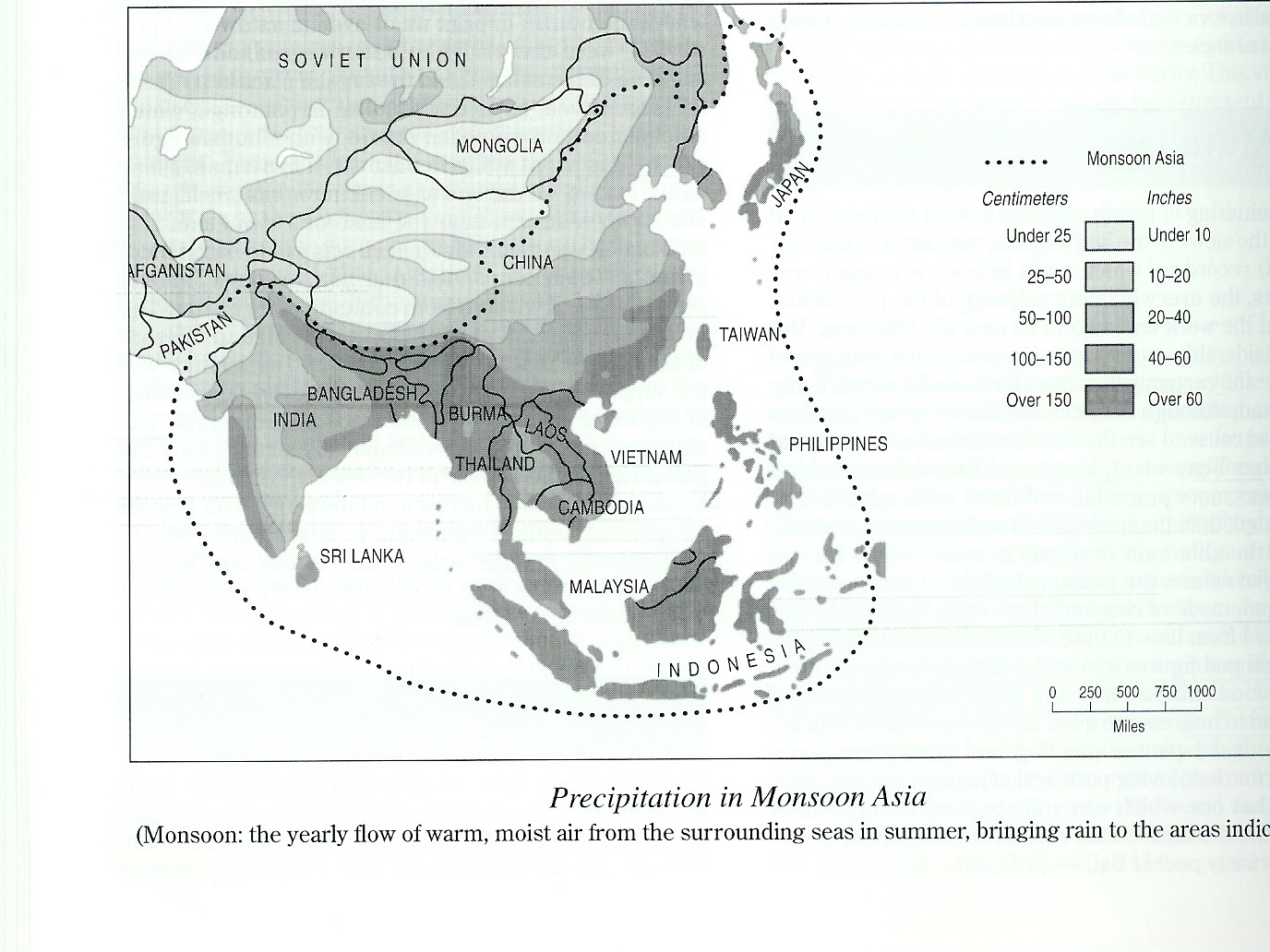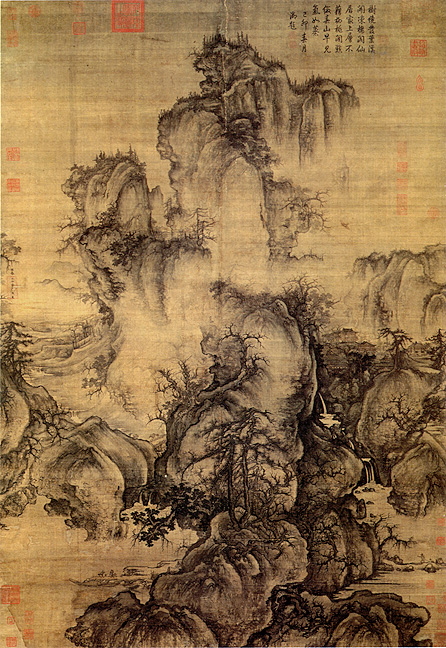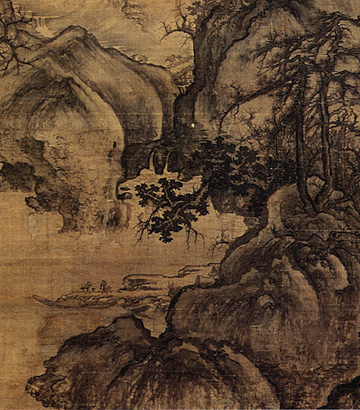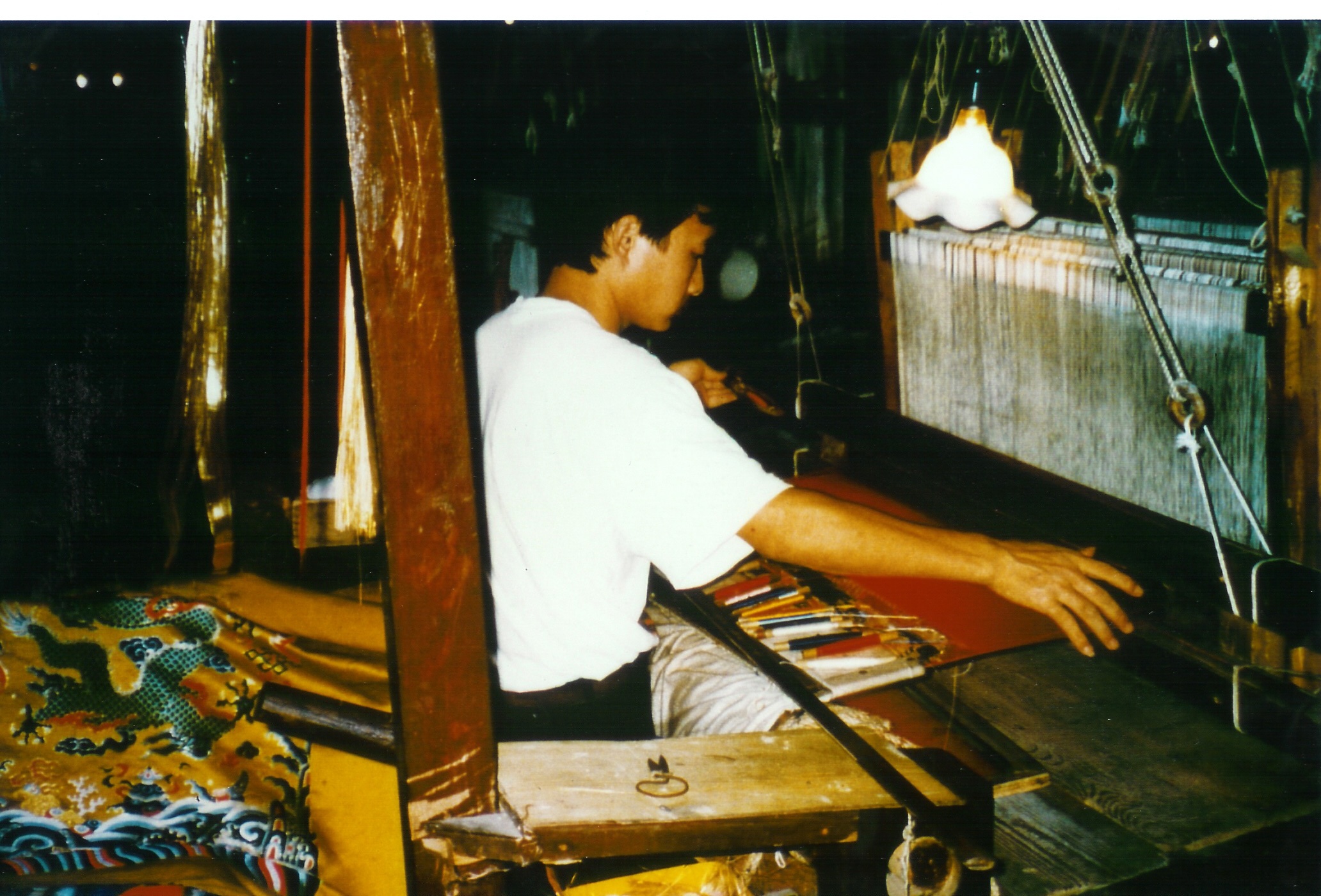
Keynotes 1
Introduction
East Asia: Common Ground and Regional Differences
"East Asia is the largest cutural and economic unit in the world." China as the center of this cultural and economic space dominated its neighbors who borrowed from and adopted elements of Chinese culture for centuries.
Korea & Vietnam: under strong Chinese influence from the 3rd cent. BCE to the 3rd cent. CE
Japan: under strong Chinese influence from the 8th cent. CE.
I. Preconditions for the social and economic success of East Asia:
1. Languages
Tibeto-Chinese: Chinese, Tibetan, Burmese, Thai, Vietnamese
Altaic: Mongol, Tungut (Manchu, Mongol, Korean, Japanese)
Malayo-Polynesian: Bahasa Indonesia, Bahasa Malay, Tagalog
Chinese Writing System: Lingua franca of East Asia (comparable to Latin in Europe): Chinese characters could be read by members of different language families. For centuries Chinese and Vietnamese used the same characters as Koreans and Japanese. After the founding of the PRC a language reform has resulted in the introduction of a simplified set of characters that are used in China and Singapore.
2. Agriculture
- source of wealth for China and its neighbors
-'"Monsoon Asia": largest area of high-productivity
agricultural land in the world'

from: Murphey (2003), p. 4.

from: Johannes Mueller, Kulturlandschaft China.Justus Perthes Verlag Gotha 1997, p.24.
Monsoon seasons: In the summer the Eurasian continent heats up and draws cool and moist air from the ocean that bring the spring and summer rains essential for rice cultivation. In the winter the temperature of the continental landmass drops below the temperature of the ocean. Cold winds are blown out towards the sea.
East Asia is characterized by
- a sedentary way of living as opposed to migratory nomads in Central Asia.
- sedentary societies: were based on agriculture, built cities, worked metal;
- acknowledgement of the superior power of natural forces: prevented from the exploitation of nature on a grand scale (e.g. mining was considered to harm the earth by disturbing the harmony of the arteries of the soil);
- deforestation to create arable land was not considered to be desastrous: - since the consequences were not visible immediately); eosion, siltation, and flooding became and today still are major challenges
- nature was seen as significant for culture since elements of nature were considered a source of wisdom:
"popular culture": peasants made offerings to the
deity of the earth;
"elite culture": scholars expressed their
veneration for nature through poetry and painting (e.g.
landscape paintings of mountains, paintings of plants representing ethical values)

Guo Xi (ca. 1020-1090): Early Spring (1072)

The attempt to overcome the contradictions between nature and culture is symbolized in the ploughing ritual performed by the Chinese emperor as the son of heaven at the beginning of the agricultural year.
- most important crop in East Asia: RICE
(signifies a 'Vegetable Civilization' as opposed to a pastoral civilization
that uses land to feed its herds);
- rice cultivation requires strict labor organization with intensive care regarding planting seedlings, weeding, fertilizing, irrigating
- increase of arable land: increase of population density
- further agricultural products: silk, tea, oil (sesame; tong tree nuts)

Brocade weaver at the Nanjing Brocade Weaving Research Institute (1996; I.A.)
Question: Which consequences in society will a strict labor organization most likely produce?
3. Philosophy & Education
- dependency on the benevolence of nature : determined social rules
- Heaven governs the universe and the cycle of the seasons
just like moral laws govern society consisting of: the family, clan, community,
village, district, official organization/ state
- responsibilites and benefits are shared collectively, not individually: to
'obtain face' or 'loose face' is a matter affecting the group
- the most important obligation is to adhere to one's responsibility at one's respective position within the social hierarchy
- education is the means to achieve a balanced society in which all members are aware of the necessity of personal morality and take over the responsibilites transferred to them:
1. scholars / officials / gentry members (Japan: warrior-aristocrats)
2. peasants [peasant women]
3. artisans [artisan women]
4. merchants (working in accordance with official rules)
------------
5. soldiers (exept in Japan)
[6. women]
Tenets to create an ideal society:
- Social stability guarantees continuity of values and stability within change.
- Social stability is achieved by valuing the communal good higher than individual freedom and self-realization.
- Self-cultivation [learning, appropriate demeanour within the hierarchical structure of society] is considered more important than acquiring material wealth.
- The past can serve as a model for the present.
Confucian ethics were accepted by East Asian civilizations
as a basis for society: Ethical values not religious dogma dominate moral concepts.
(Confucius lived c. 551- c. 479 BCE).
Question: Please consider the implications of the Chinese proverb "The acknowledgement of limits leads to happiness."
II. East-West Contrasts
In East Asia history and time were considered to operate
in recurrent cycles.
Empirical discoveries were incorporated into the value system.
BUT: Knowledge gained from experiments did not justify to cultivate experimentation
systematically. Daoist inclinations to experiment with natural resources were
regarded with scepticism by Confucians.
Inventions and discoveries first made in China:
- iron-shod plows (6th cent. BCE)
- observation of sun-spots, cast iron (4th cent. CE)
- iron suspension bridges (1st cent. CE)
- porcelain (3rd cent. CE)
- movable types (11th cent.CE)
- paper money, mariner's compass (9th cent. CE)
- circulation of blood (6th cent. BCE)
- innoculation against smallpox (10th cent. CE)
- crossbow (4th cent BCE)
- rockets (9th cent. CE)
- wheelbarrow, sternpost rudder, watertight compartments in ships etc.
Why did China not have an industrial revolution?
- keywords: middleclass of merchants; domination of nature; contradictions between Confucianism and Daoism (morality and ethics versus experiments in search of immortality); role of scholars (theoreticians) and artisans (experimentalists)
III. The traditional social system
The social system in Asian countries has been called 'self regulatory', because a set of generally accepted social norms defined the social conduct. Instead of a rigid law code these norms stressed virtues such as loyalty, integrity, filial piety (among family members: husband-wife; parent-child; older brother-younger brother; within the political system: Emperor - minister, and within social networks: friend-friend).
IV Regional differences within China and Asia
More than 55 minorities live in China today. Historically
they were included in the Chinese realm by integration, subjugation, and war.
While keeping characteristics of indigenous popular culture they only thrived
when they accpted the cultural values and norms of the Han majority. Chinese
immigrants who had left China as laborers of merchants extended the sphere of
influence of Chinese culture when they settled in Southeast Asia.